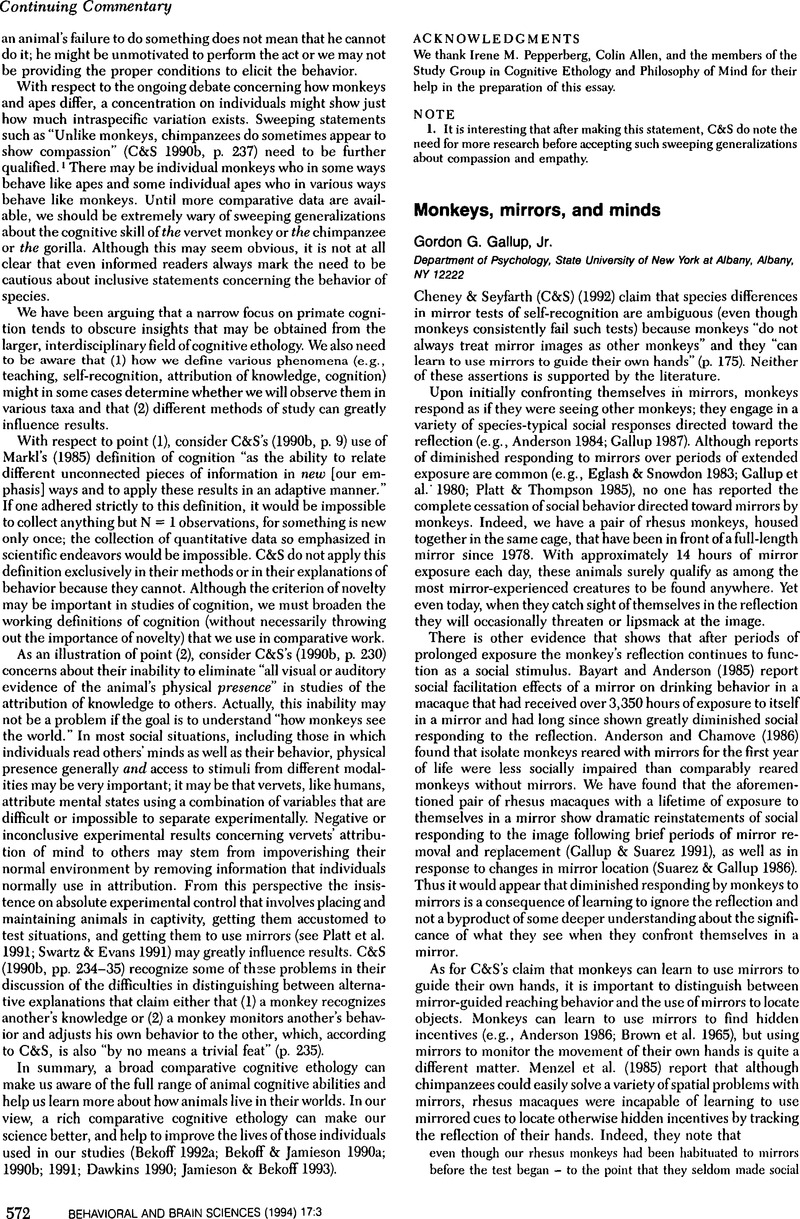Crossref Citations
This article has been cited by the following publications. This list is generated based on data provided by Crossref.
Sedikides, Constantine
and
Skowronski, John J.
1997.
The Symbolic Self in Evolutionary Context.
Personality and Social Psychology Review,
Vol. 1,
Issue. 1,
p.
80.
Boyer, Pascal
Robbins, Philip
and
Jack, Anthony I.
2005.
Varieties of self-systems worth having.
Consciousness and Cognition,
Vol. 14,
Issue. 4,
p.
647.
Kindermann, Harald
2020.
Konsumentenverständnis.
p.
21.





